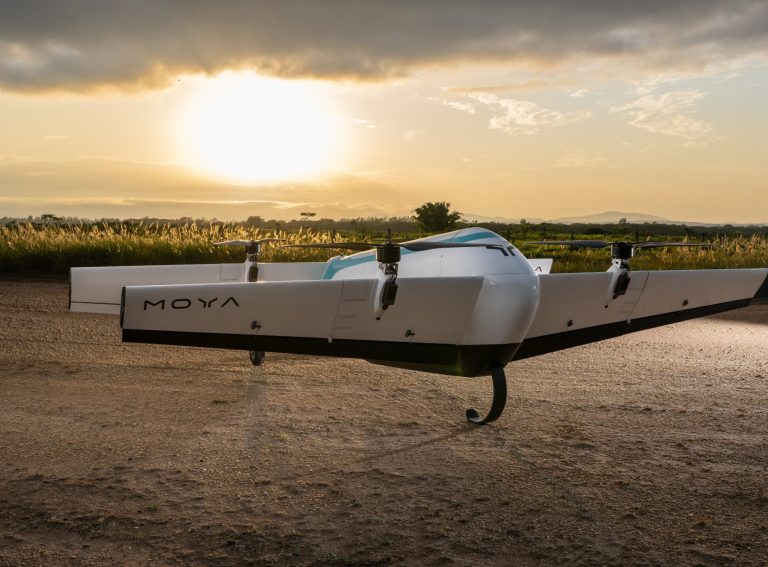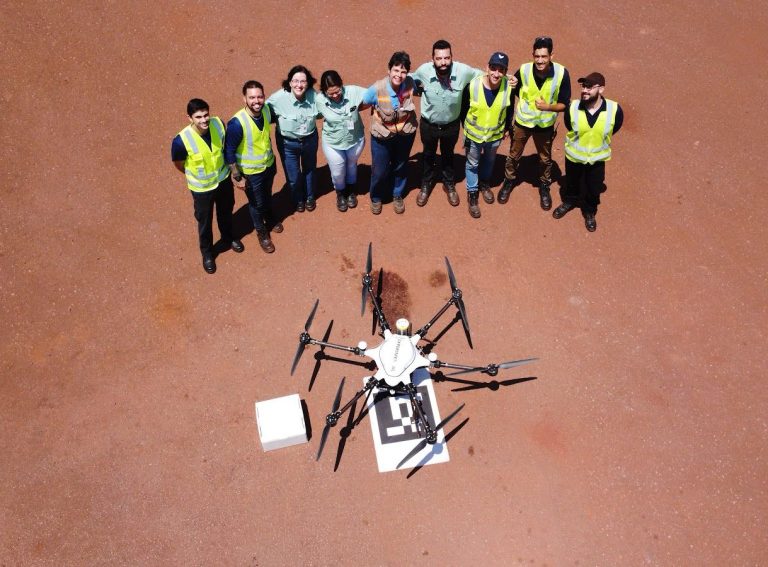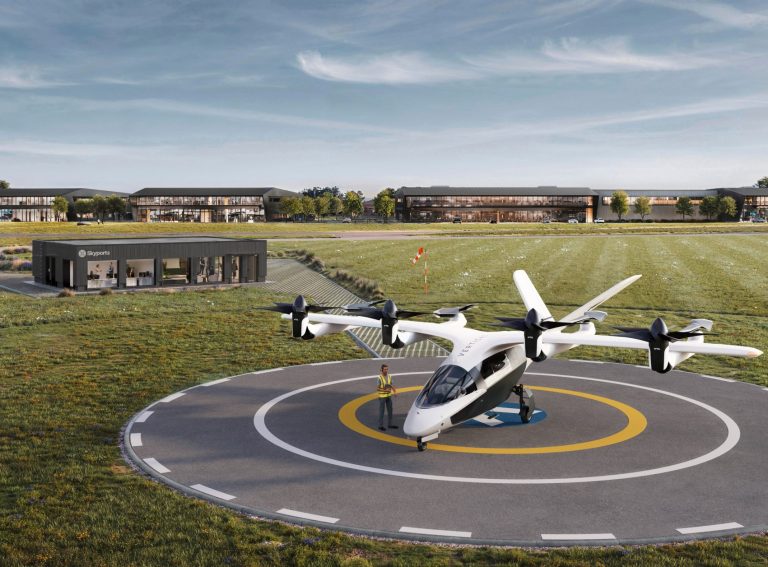Barcelona-based startup Grasshopper Air Mobility has introduced the e350, a fully autonomous “Flying Cargo Van” designed to integrate air mobility with ground logistics.
After landing, it folds its wings and drives autonomously to its destination for last-mile delivery, allowing it to connect directly into existing logistics infrastructure without the need for manual handling.
The e350 is capable of carrying up to 350 kg (770 lbs) and offers a 200 km range of electric power, or 600 km with a hybrid hydrogen-electric system.
Key Use Cases: Pharmaceuticals
The e350 aims to impact the pharmaceutical industry, where speed can be critical for supply chain success.
With its ability to autonomously transport temperature-sensitive goods like medications or vaccines, the e350 can create rapid delivery bridges between hospitals, laboratories and distribution centres.
“We are establishing ultra-fast automated aerial bridges that are highly dependable and are not interrupted by humans,” said Jakob Saalfrank, CEO of Grasshopper Air Mobility. “This enables complete end-to-end traceability of temperatures, quality and other required metrics and cuts any human error from these deliveries, which impact life-or-death scenarios.”
For instance, Saalfrank explained, the e350 could replenish decentralised blood banks autonomously, reducing dependency on manual transport and ensuring a consistent supply.
Addressing Infrastructure Challenges
While the technology behind autonomous cargo drones like the e350 is advancing, Saalfrank acknowledges that several societal and infrastructural hurdles remain before mass adoption can occur.
A major challenge is evolving regulatory frameworks to safely accommodate widespread drone operations. “We need streamlined certification processes, globally valid regulations, and air traffic management systems that can handle the influx of unmanned aerial vehicles,” says Saalfrank.
Additionally, urban and rural areas will need to adapt by integrating drone ports into existing logistics hubs, hospitals and warehouses. While cargo drone infrastructure requires less complexity than passenger eVTOL systems, public acceptance is still a hurdle, particularly concerning noise and visual pollution. Grasshopper has addressed some of these concerns by opting for quieter ducted fans, though Saalfrank anticipates that public feedback will drive further improvements as drones become more visible in everyday life.
He adds: “The collaboration between governments, logistics providers, and technology developers is key to ensuring a smooth transition toward integrating drones into the mainstream logistics ecosystem”.
Grasshopper expects to have a prototype by 2026, with operational trials starting by 2028




